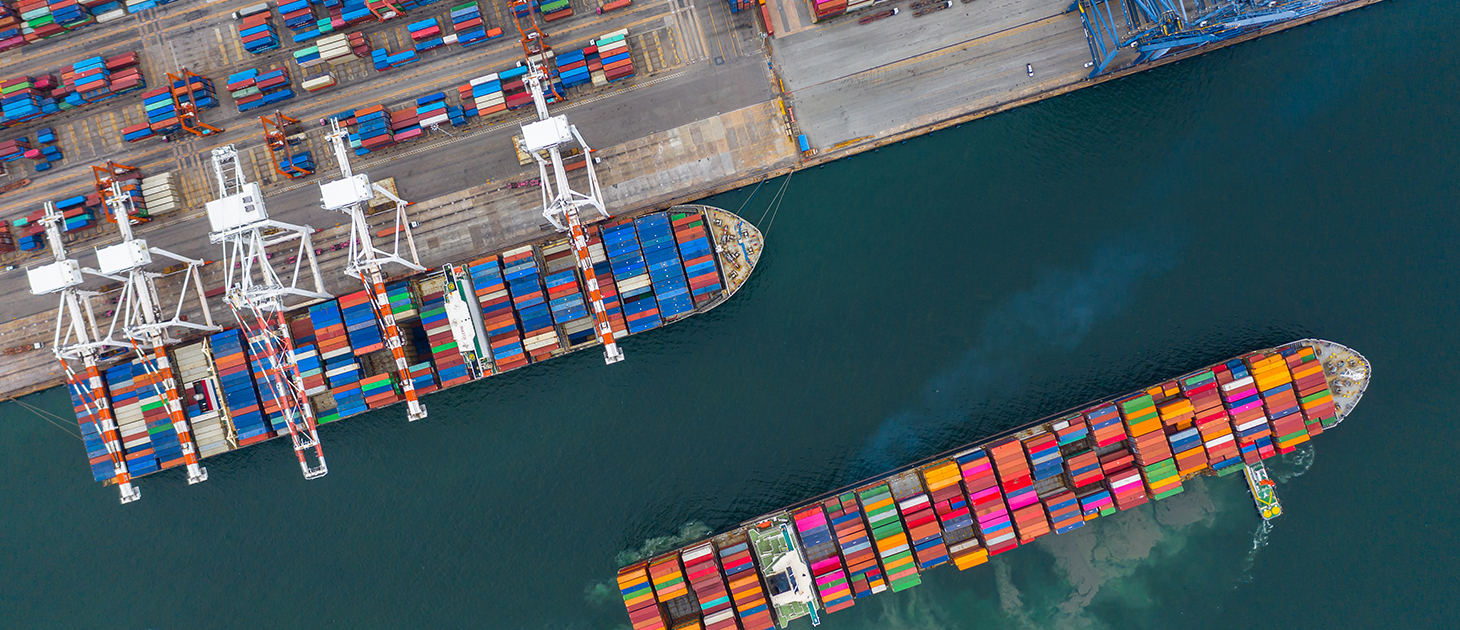Supply Chain: Moving Past the Global Pandemic
In the wake of COVID-19, companies must address enduring supply chain challenges and disruptors by adopting new technologies.

This article is sponsored by Siemens Financial Services, Inc.
This story originally appeared in the Summer 2021 print edition of Middle Market Growth magazine. Read the full issue in the archive.
This article is a follow-up to the July 2020 article by Anthony Casciano: “Adapt Your Supply Chain to New Realities.”
In 2020, global supply chain vulnerabilities were exposed by the COVID-19 pandemic, disrupting manufacturing and provoking conversations about resiliency. The question was continuously raised: How do we ensure supply chains are reliable going forward? And if the pandemic wasn’t enough to fuel a revision of the global supply chain, the March 2021 incident that left a massive container ship blocking the Suez Canal in Egypt for nearly a week was an extra nudge toward upgrades.
As we ease into a new version of normalcy with the slowing of the COVID-19 pandemic thanks to the growing availability of vaccines, the permanent influence of this global shock on our supply chain and emerging supply chain disruptors such as resource scarcity, climate change and congestion come into play.
Population growth will pose a significant challenge for the supply chain going forward. There are currently around 1.2 billion housing units in the world. To satisfy the growth trajectory of our population, we need 1 billion more housing units built in the next 30 years. This growth affects other resources as well, such as food and water, and raises concerns surrounding the connection between economic growth and natural resource use.
Rather than dwelling on these disruptors, it’s important to understand how best to navigate them and the solutions that already exist, or are in development, to diminish their negative impact.
Along with the challenges that our supply chain faces, this understanding begins with realizing how the supply chain will change for the better going forward. Historically, trade has occurred horizontally from east to west due to how civilization developed and in modern times, where wealth resides in the United States and Europe. In the coming years, due to the rise of foreign nations, we can expect to see a transition to vertical trading from north to south. This hemispherical shift in supply chain will cause de-globalization and the Western Hemisphere will in theory become self-reliant, putting less strain on the supply chain.
Technology and digitalized operations will enable more adaptive and resilient supply chains.
The technology needed to strengthen the supply chain is already in existence or development and includes advanced farming, power generation and storage technology, modular recyclable materials, robotics and more. For energy, health care and industrial companies, Siemens enables upgrades to new technology along with the financing needed to empower new business models and solutions.
While there are many challenges and disruptors facing the global supply chain, there are also reasons for hope. As more companies adopt new technology and digitalize their operations, the supply chain will become more adaptive and resilient.

Anthony Casciano is president and CEO of Siemens Financial Services, Inc. He also leads its IoT efforts in the United States.

Bruce McIndoe is the founder of WorldAware and McIndoe Risk Advisory.


